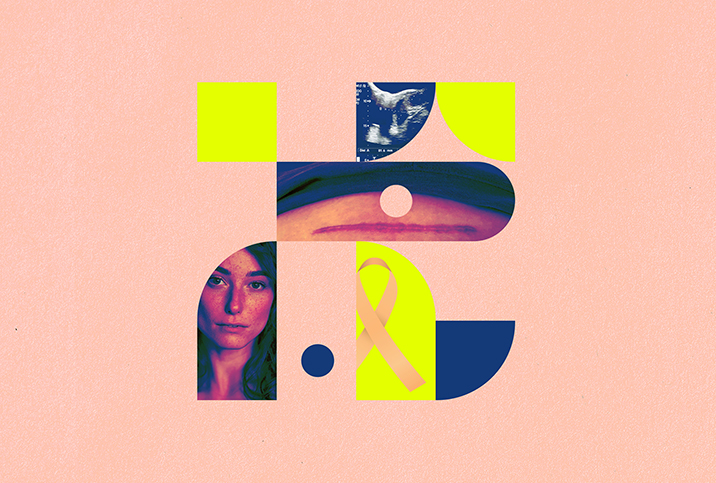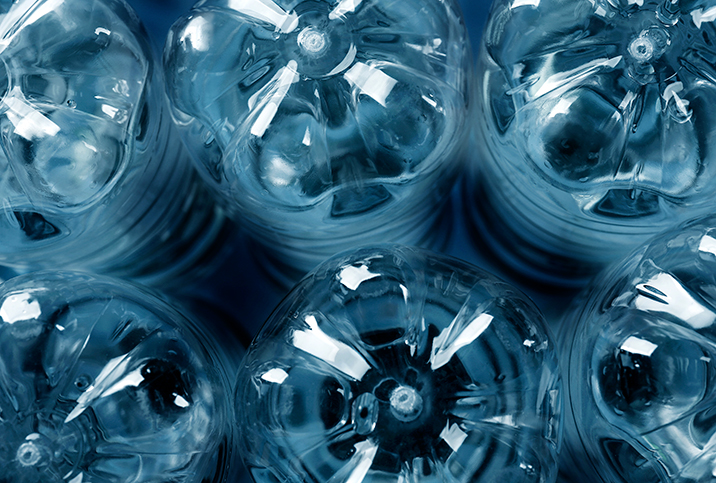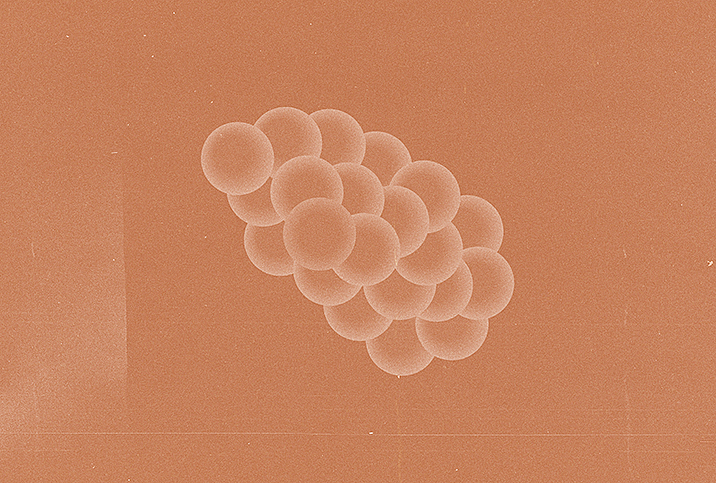Fibroid Degeneration Sounds Good on the Surface but Has Layers to It

Fibroids are noncancerous growths that grow in the muscular wall of the uterus. While typically not dangerous, these growths can cause tremendous pain and discomfort that interfere with daily activities for some women.
Up to 80 percent of women experience fibroids at some point in their lives. Some may experience uncomfortable symptoms, such as pain during sex, frequent urination, heavy bleeding and/or painful periods, while others show no symptoms.
Large fibroids can bring further complications, including fibroid degeneration.
Types of fibroids
"Fibroids are typically characterized by their location in the wall of the uterus," explained Aldene Zeno, M.D., an OB-GYN in California specializing in female pelvic medicine and reconstructive surgery. "To help illustrate this, I often tell my patients that the uterus is like a papaya. The fleshy part of the papaya is similar to the muscular wall of the uterus, which is where most fibroids originate."
This can be broken down into submucosal, intramural, subserosal and pedunculated. Submucosal is when the fibroid is closer to the lining of the uterine cavity, which would be like something closer to the inside part of the papaya. This type of fibroid often causes heavy or irregular uterine bleeding, Zeno said.
Intramural fibroids are located deeper in the wall of the uterus. If small, they may not cause too many problems. However, larger ones can cause painful periods and irregular bleeding.
A subserosal fibroid is as if there were a lesion near the peel of the papaya.
Pedunculated fibroids can be connected by a thin stalk to the outside of the uterus, which would be as if there were a ball or mass with a thin attachment to the outside of a papaya.
Subserosal and pedunculated fibroids are more likely to put a lot of pressure on organs surrounding the uterus, typically the bowel, bladder and vagina. However, large fibroids in any location of the uterus can cause severe pain and other uncomfortable symptoms, Zeno continued.
What is fibroid degeneration?
"Fibroid degeneration is when a fibroid outgrows its blood supply," Zeno said.
This typically happens when the fibroid grows very large in size. Since the blood supply is cut off, the fibroid is not receiving enough blood and nutrients to continue growing, so it begins to shrink. While this may initially seem like a good sign, the degeneration often has unpleasant side effects that can be hard to manage.
What are the signs of a degenerating fibroid?
The main sign of a fibroid degenerating is pain, Zeno said. This can happen suddenly, which is the case with a pedunculated fibroid that twists and cuts off blood flow. However, some fibroids lose their blood supply gradually.
In addition to pain, you may experience a fever, swelling of the abdomen, a change in periods (heavier bleeding or increased pain) and weight gain. These symptoms can last for a few days or several weeks. Though rare, a degenerating fibroid can cause excessive bleeding, so it’s important to see your doctor immediately.
Types of degeneration
"There are several types of degenerating fibroids: hyaline, myxomatous, calcific, cystic, fatty, red or necrotic," Zeno said. "In hyaline, cystic, fatty and myxomatous degeneration, the inner portion of the fibroid may liquify, be replaced with fatty tissue or appear like a cyst on imaging. Without surgery, it may be confused with other pelvic tumors."
This type of degenerating fibroid may be chronic or progress more slowly compared to others. Similarly, with calcific degeneration, the fibroid often degenerates gradually over a few years. This process can replace the tissue with calcium deposits, which causes the fibroids to become rock-like rather than their typical rubbery consistency.
"Red degeneration is a more sudden loss of blood supply to a fibroid," Zeno said. "This causes the blood vessels within the fibroid to burst. It is more associated with pregnancy due to the increase in blood vessels in the uterus and fibroids related to pregnancy hormone changes."
Necrotic degeneration refers to the dead tissue that occurs when a fibroid has lost its blood supply. This can cause the tissue in the fibroid to appear dusky.
Do you need to treat degenerating fibroids?
Degenerating fibroids typically do not need treatment, said Dawn George, M.D., an OB-GYN with MOMZ Ob/Gyn in Florida. Pain medication such as nonsteroidal anti-inflammatory drugs (NSAIDs) may be necessary to relieve pain associated with the degeneration.
However, if the pain is sudden and severe, surgery may be necessary to relieve symptoms. Fibroids can be removed individually with a myomectomy. During this procedure, an incision is made on the uterus before the fibroid is "shelled out" and removed, George said. The area is sutured closed to fill in empty space, and before making the incision on the uterus, some diluted vasopressin is injected into the wall of the uterus to decrease blood loss while shelling out the fibroids.
A hysterectomy may be performed in certain situations. If the woman isn't interested in having children, has very large fibroids or severe bleeding, or wants to avoid fibroids returning, then this procedure may be recommended. During this procedure, the uterus is removed along with the fibroids.


















